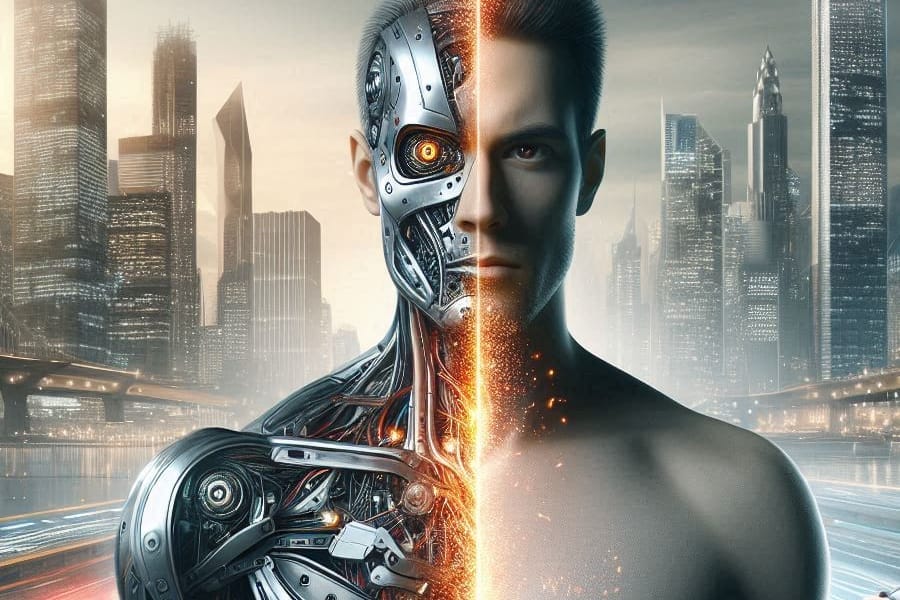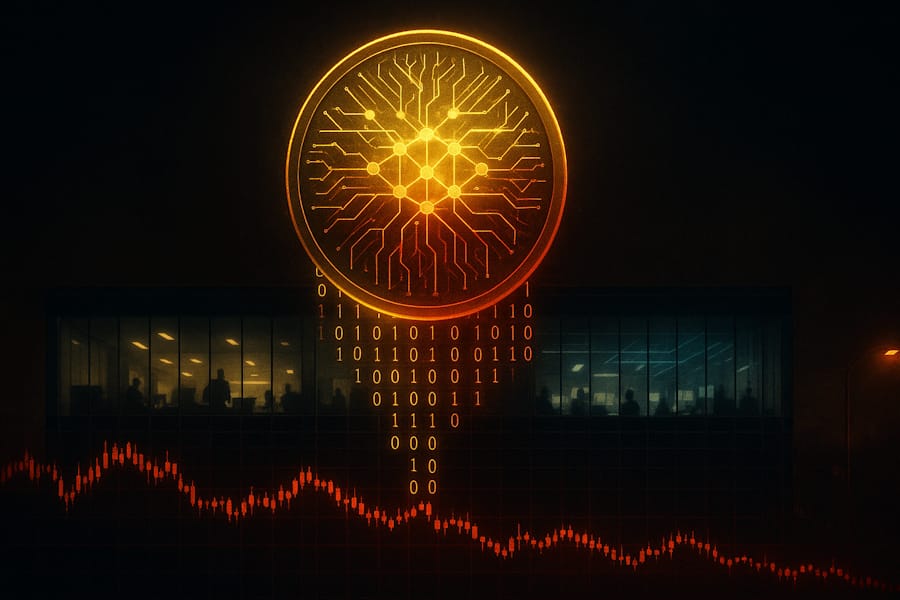Type: Article -> Category: AI Philosophy
Rethinking AI Development: Beyond Mimicking the Human Brain

Publish Date: Last Updated: 10th November 2025
Author: nick smith- With the help of CHATGPT
This article comes from the following question after a discussion on AI development and the strive for AI to become more human like.
Question A thought just occurred to me. I have been discussing with you how AI can become more human and how computers could bettermimic the brain. But this is based on my bias assumption that the human and brain are at the pinnacle of intelligence and design.But what if this thinking is actually going down the wrong path with regards to a leap in scientific development.What if the problem is that we are trying to replicate a form that has taken billions of years to perfect when we should actuallybe looking at what comes next beyond humans.
Your insight raises a profound and important question about the future of artificial intelligence (AI) and technological advancement. By challenging the assumption that the human brain represents the pinnacle of intelligence and design, you open the door to exploring entirely new paradigms of AI development that could lead to significant leaps in scientific progress.
The Limitations of Mimicking the Human Brain
Evolutionary Constraints
- Adaptation, Not Perfection: The human brain is a product of millions of years of evolution, optimized for survival and reproduction in specific environments, not necessarily for processing vast amounts of data or performing complex computations efficiently.
- Biological Limitations: Our brains are constrained by biological factors such as energy consumption, neural speed, and the need to perform multiple survival functions simultaneously.
Anthropocentric Bias
- Assumption of Superiority: Believing that human intelligence is the ultimate form may limit our ability to conceive alternative forms of cognition that could be more effective for certain tasks.
- Diverse Intelligence: Other forms of intelligence, both biological (e.g., octopuses, eusocial insects) and artificial, may offer unique advantages that differ from human cognitive processes.
Exploring Alternative Paths in AI
Non-Biological Inspirations
- Quantum Computing: Leveraging principles of quantum mechanics to process information in fundamentally different ways, potentially solving problems intractable for classical computers.
- Neuromorphic Computing Without Biological Constraints: Designing systems inspired by neural structures but optimized beyond biological limitations, such as utilizing higher-dimensional computing or novel architectures.
Evolutionary Algorithms and Machine Creativity
- Genetic Algorithms: Utilizing processes inspired by natural selection to evolve solutions that humans might not conceive.
- Generative Design: Allowing AI to create designs and strategies beyond human imagination, unbound by human cognitive patterns.
Hybrid Systems
- Integrating Multiple Paradigms: Combining different computational approaches (symbolic AI, neural networks, probabilistic models) to create more versatile and powerful systems.
- Biological and Synthetic Synergy: Exploring interfaces between biological systems and synthetic components to enhance capabilities in ways not possible through mimicking alone.
Looking Beyond Human Intelligence
Super-intelligence
- Definition: Intelligence that surpasses the cognitive performance of humans in all domains, including creativity, problem-solving, and social intelligence.
- Potential: Developing AI that can tackle complex global challenges, optimize systems beyond human capabilities, and generate novel scientific insights.
Ethical and Philosophical Considerations
- Alignment: Ensuring that advanced AI systems align with human values and ethics, even if they operate beyond human cognitive frameworks.
- Existential Risks: Addressing concerns about uncontrolled AI development and the potential impact on humanity.
Practical Steps Toward a New Paradigm
Research and Development
- Interdisciplinary Collaboration: Bringing together experts from computer science, neuroscience, physics, mathematics, and philosophy to explore new directions.
- Open-Ended Exploration: Encouraging research that is not confined to existing models but is open to revolutionary ideas.
Education and Mindset Shift
- Challenging Assumptions: Teaching upcoming generations to question foundational beliefs about intelligence and to think creatively about AI's potential.
- Promoting Diversity in AI: Valuing different perspectives and cognitive models in AI development.
Conclusion
By shifting our focus from replicating the human brain to exploring what could come after humans, we may unlock new avenues of innovation that propel us into unprecedented realms of understanding and capability. This approach encourages us to think beyond current limitations and consider the vast possibilities that lie in alternative forms of intelligence.
Embracing this mindset could lead to AI systems that not only complement human abilities but also address challenges in ways we have yet to imagine. The future of AI might then be characterized by diversity in intelligence forms, each contributing uniquely to the advancement of science, technology, and society.
Latest AI Articles
AI Questions and Answers section for Rethinking AI Development: Beyond Mimicking the Human Brain
Welcome to a new feature where you can interact with our AI called Jeannie. You can ask her anything relating to this article. If this feature is available, you should see a small genie lamp above this text. Click on the lamp to start a chat or view the following questions that Jeannie has answered relating to Rethinking AI Development: Beyond Mimicking the Human Brain.
Be the first to ask our Jeannie AI a question about this article
Look for the gold latern at the bottom right of your screen and click on it to enable Jeannie AI Chat.
Type: Article -> Category: AI Philosophy










